Did you know that turtles have been around for over 200 million years?
It’s true! But now they’re in trouble. Canada has eight native freshwater turtle species which are all at-risk of extinction. If you’d like to see these species make a comeback, we’ve got six tips to help them out!
1. Slow Down While Driving
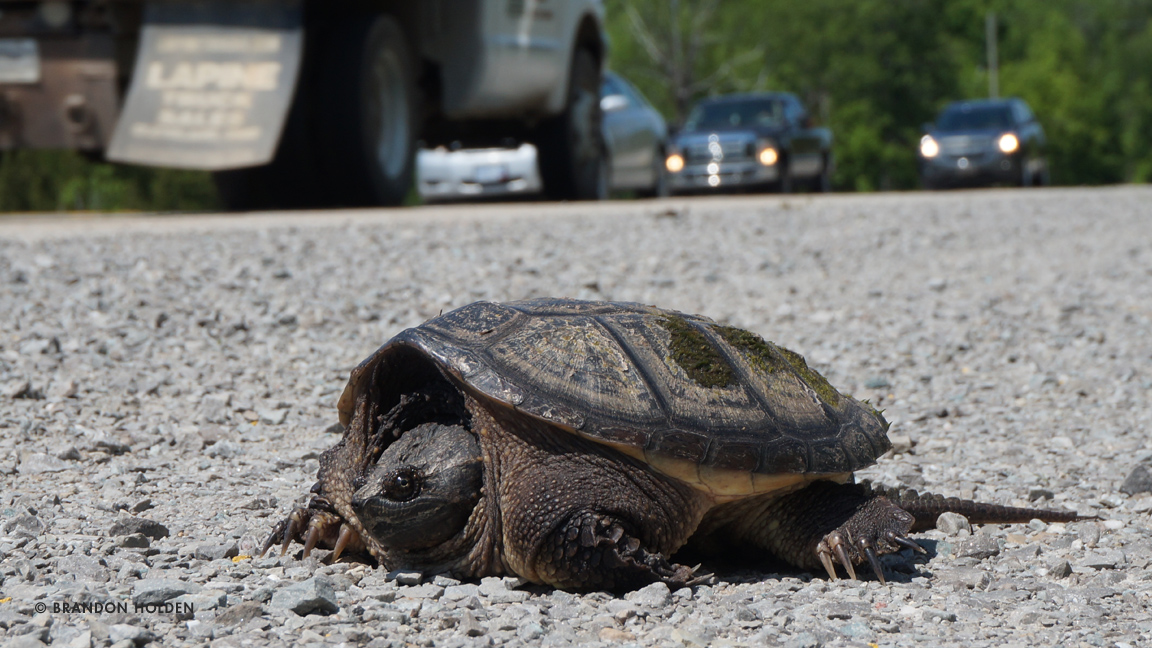
When you’re driving, be careful and watch out for turtles. Turtles come out in late May and June to cross roads and find spots to lay their eggs. They really like laying eggs on the sides of roads where there’s gravel. So, it’s super important to drive slowly, especially near wetlands. When you drive slower, you can see turtles better because they move slowly and might look shiny from far away.
2. Learn How to Help a Turtle Cross the Road
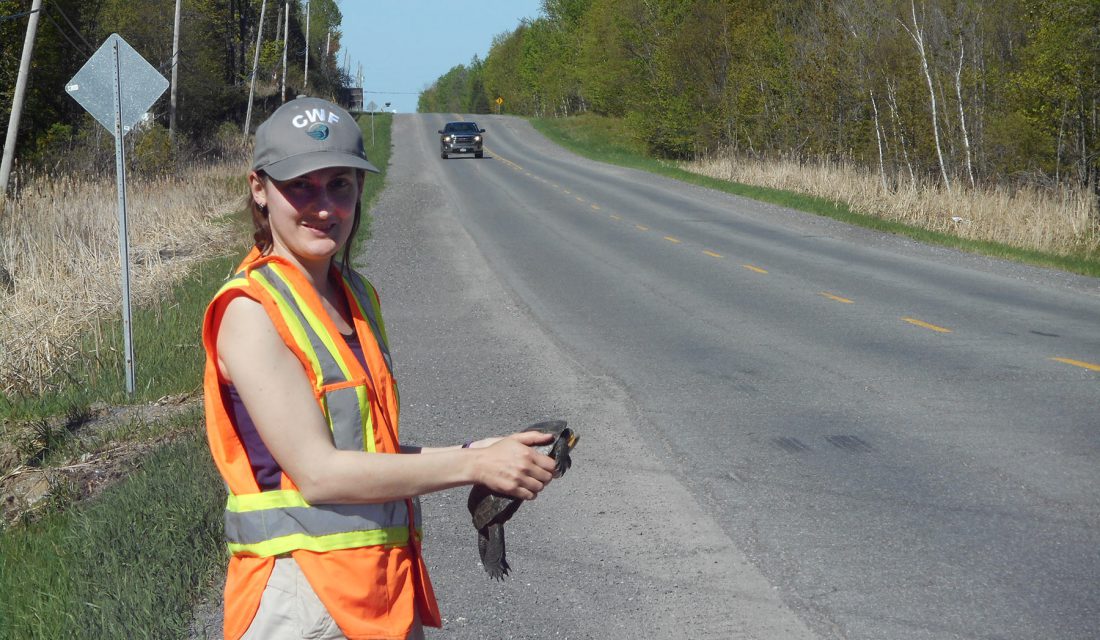
Make sure the road isn’t busy and if it’s safe enough for you to get out to help the turtle. If the turtle is small, you can pick it up by holding onto either side of its shell (you’ll want to grab the shell somewhere between its front and back legs). Never pick up a turtle by its tail, as this can damage their spine. Move the turtle in the direction it was going.
Got a Snapping Turtle on your hands? You’ll know if you do because it’ll be a bigger turtle with a long tail. Careful for these guys! They can bite (hence the name). For Snapping Turtles, grab a shovel or board and try to coax the turtle to the other side of the road. They might bite down on the shovel or board so you can then drag it!
Watch this video to learn how to safely move a turtle across the road.
3. Make a Nest Protector
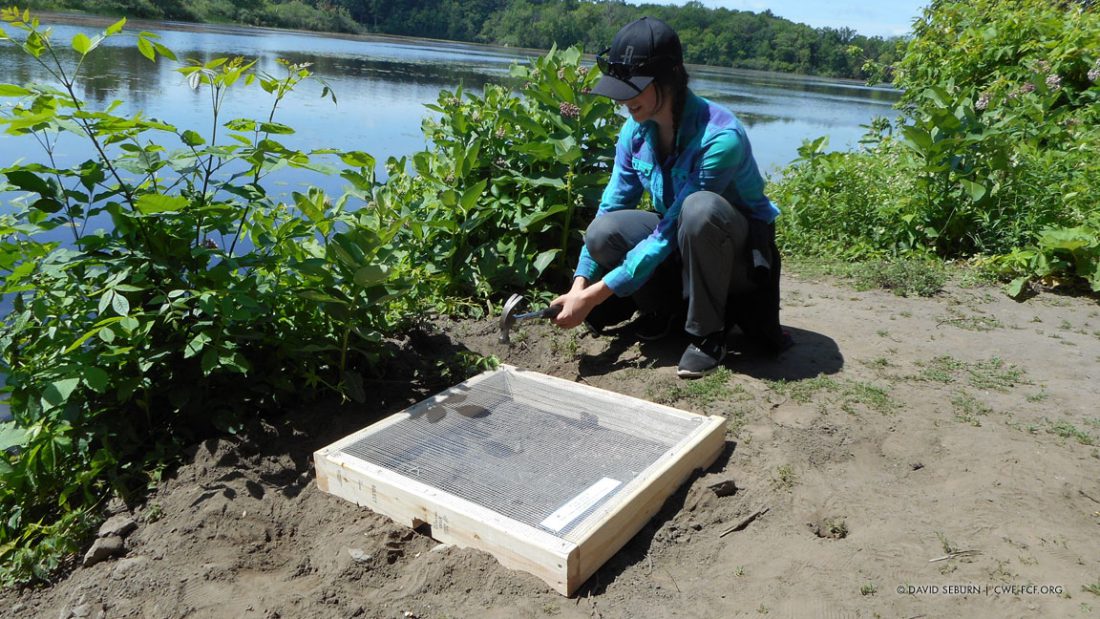
Turtles lay their eggs in nests, but sometimes other animals like foxes and raccoons try to eat them. When nests are lost to predation, turtle populations can decline. You can help build a nest protector during their nesting season in May to June. They’ll keep the eggs safe because they make it hard for predators to get in. Find out how to build a nest protector here.
4. Give Them a Spot to Bask

Got a cottage? Leave fallen trees and branches in place along shorelines to give turtles a spot to bask in the sun.
5. Log Your Turtle Sightings at iNaturalist Canada

Log your observation of a freshwater turtle in Canada at iNaturalist’s Help the Turtles project. Knowing where turtles are found and even where they are being hit on roads is an important first step to fixing the problem. Gathering everyone’s observations will really help us figure out which roads might need some extra attention for improvement, and which wetlands we should definitely keep an eye on.
6. Watch Out for Turtles While Fishing
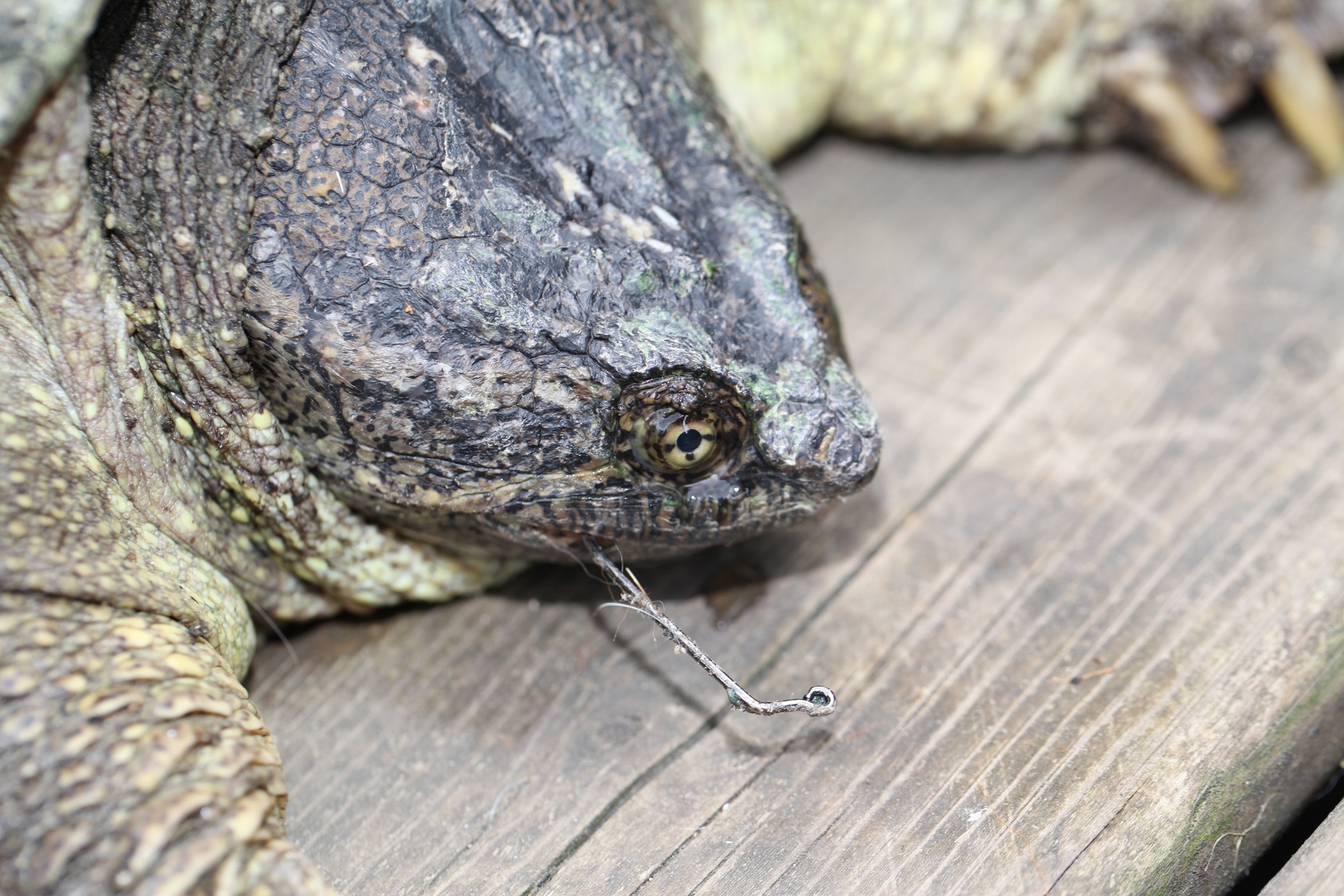
Sometimes people fishing might accidentally hook a turtle! Yikes! Those hooks aren’t always easy to unhook. If a turtle has a hook in its mouth, it can be hard for it to eat. If it swallows the hook, it might die. If you hook a turtle, don’t cut the line. Leaving that hook in can be deadly. You’ll want to reel the turtle in slowly and carefully remove the hook. If it’s hard to remove, call a rehabilitation centre in your area.


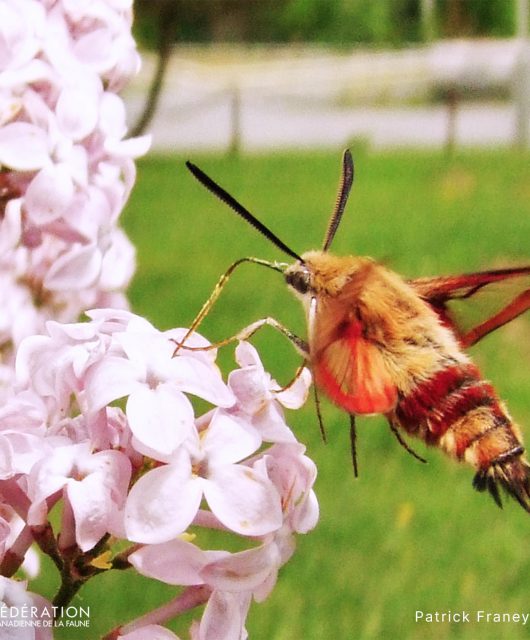


2 comments
Should turtle sighting be kept secret on inaturalist? To prevent turtle poaching for the pet trade and/or consumption?
You are absolutely right that certain turtle sightings should be kept secret to prevent poaching or collection. And this is the case in iNaturalist. Most of Canada’s turtle locations are automatically obscured in iNaturalist (along with roughly 200 other species), meaning the location is a random point somewhere within a 375 square km buffer. There are a couple species that are less impacted on a population level by collection, so observations of snapping turtles and painted turtles are not obscured. But these locations are accessible to the provincial conservation data centres to be used for conservation. Everything about how observations are obscured as well as a link to the obscured species list can be found in the geoprivacy page of iNaturalist.ca.